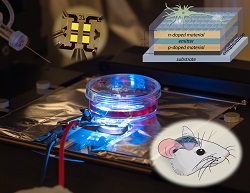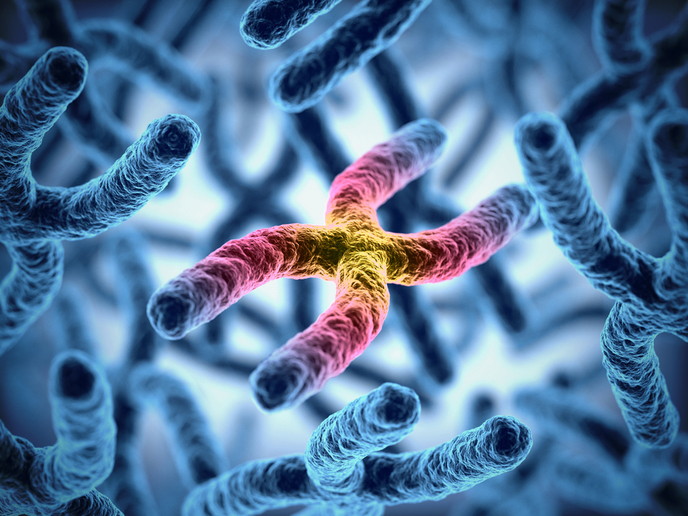Fruit-fly genes help demystify iron imbalance
Drosophila, more commonly known as the fruit fly, is a genus of insects that has been an excellent candidate for unravelling the mysteries of genes and diseases. This is due to their quick reproduction and evolution, and because they can be easily mutated. With this in mind, the 'Identification of novel iron metabolism genes by genetic screening in Drosophila' (Drosofela) project was funded wholly by the EU to identify new genes that shed light on iron balance (or iron homeostasis) in insects and mammals. After performing genetic screening for Drosophila with defects in iron metabolism, the project examined where ferritin - the protein that stores and releases iron - was found in the insect. It revealed that ferritin was mostly localised in the brain, parts of the intestine and around the heart. Ongoing genetic screening has also pinpointed other factors involved in ferritin regulation and important for iron metabolism. Enriching and depleting iron in the diet of these fruit flies also revealed where the ferritin is being accumulated and where it remains unchanged. Many important discoveries have emerged from this exercise. For example, the blood brain barrier was observed to shield the brain from iron fluctuations. In addition, the project showed how some cells dubbed 'iron cells' stored high levels of iron even with a normal diet. The next step is to understand the exact relationship between ferritin regulation and iron levels in cells. Genetic tests have also been launched on measurements of iron, copper, zinc and manganese to identify novel genes that affect metal homeostasis. A surprising find was that one gene found to affect homeostasis was the same as a corresponding one in humans. Expected final results are set to have potential impact on the treatment of neurological disease. There was also evidence that elevated zinc levels were associated with neurodegeneration. Overall, the findings are significant in how metal deficiencies result in illnesses and what cures may be developed.







